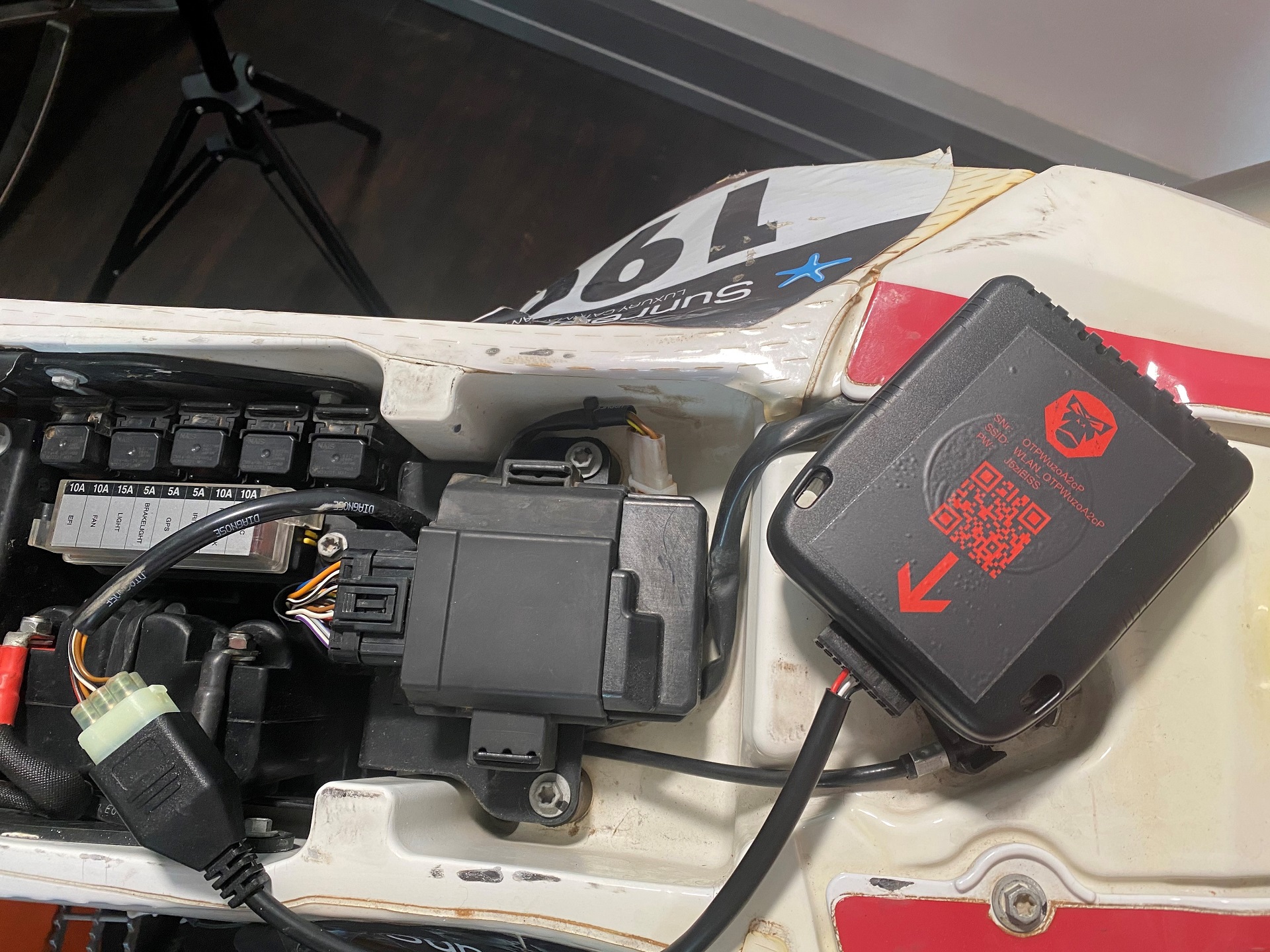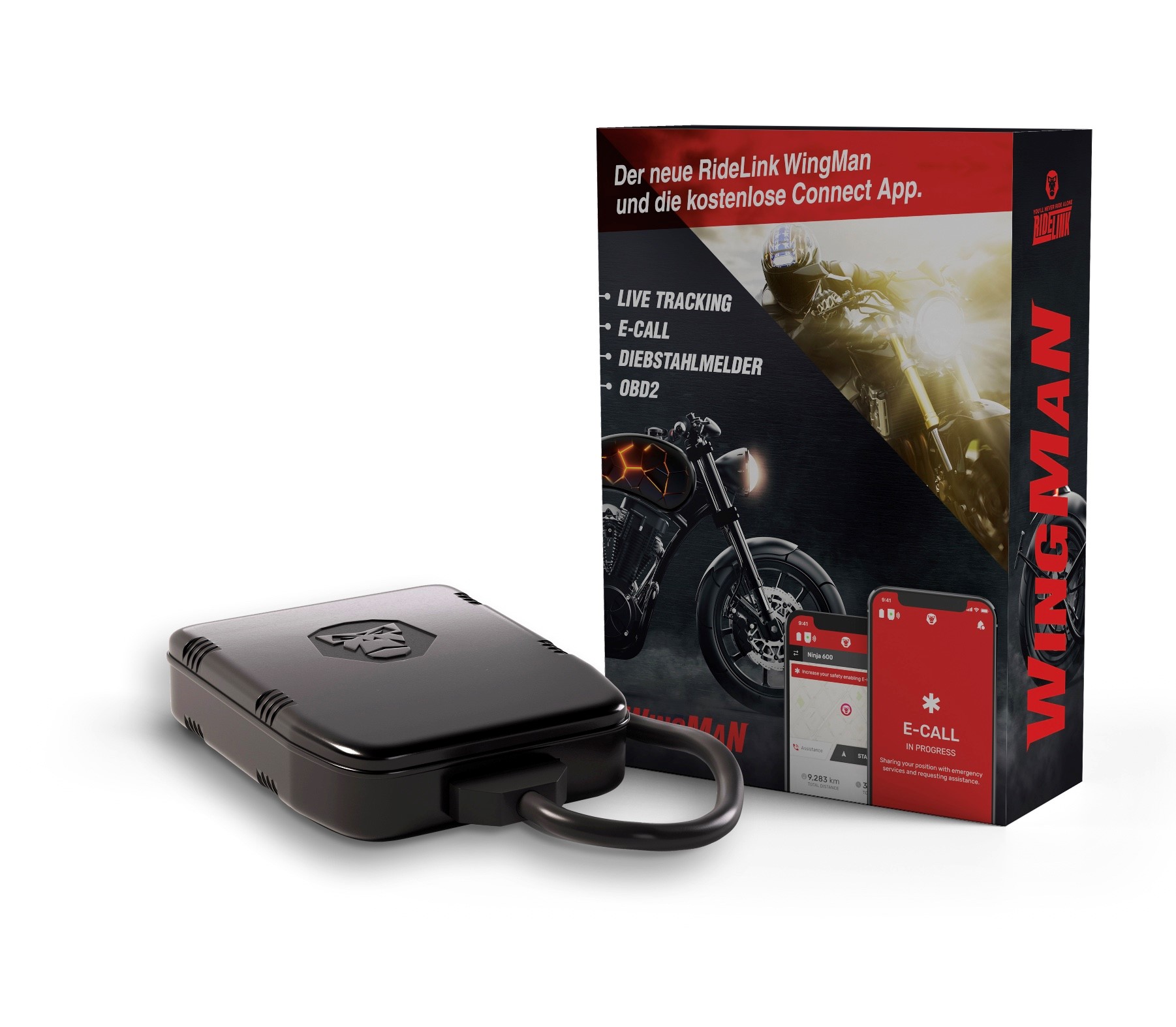Motorcycles built from 2007 must comply with Euro Norm 3. Therefore, we all had to say goodbye to the beautiful old carburetor motorcycles.
New motorcycles are equipped with fuel injection and a catalyst to achieve better and cleaner combustion. An essential element is the lambda sensor in the exhaust, along with the corresponding control unit that regulates injection based on various sensors. The control unit receives data such as engine speed, air volume, and air pressure, then calculates the appropriate amount of fuel for injection. The lambda sensor subsequently measures the stoichiometric ratio (air to fuel) and reports these values back to the control unit. Many tuners adjust the so-called maps that determine the air-to-fuel ratio at different engine speeds and temperatures. This control unit programming and data reading can be done using a diagnostic device.
Motorcycles built from 2016 support Euro Norm 4, and from 2020, even Euro Norm 5. This means that vehicle diagnostics have been partly regulated in the OBD standard. Thus, for brand-new motorcycles, you can read and process data via the built-in diagnostic connector.
Control units communicate using various bus systems, with older motorcycles using the K-Line and modern ones using the CAN bus. Each manufacturer has previously used its own connectors with individual pinouts in their motorcycles. Standardization began with Euro Norm 4. Euro Norm 5 even standardizes the connector and its pinout, making electronic repairs easier for customers and workshops.
In addition to the connector and bus, there is another technical hurdle, the protocol. The older K-Line often uses the KWP2000 protocol, while the newer CAN bus uses the UDS protocol. The legislator has also defined the OBD protocol in the OBD standard. The advantage of OBD is that it is supported by all new vehicles, and data access is standardized. The downside is that only relatively few data items are available, such as speed, engine speed, error codes, etc. The true treasure trove of data lies in manufacturer-specific data, including information like which gear is engaged and fuel levels, etc. More information can be found on
Wikipedia.
The RideLink WingMan can access live data from the motorcycle through its diagnostic connector, allowing us to read and display this data on the app.


 Source: Wikipedia
Source: Wikipedia WingMan connected to a KTM 450 Rallye via the 6-pin connector.
WingMan connected to a KTM 450 Rallye via the 6-pin connector.


 +49 (69) 348 741 840
+49 (69) 348 741 840 [email protected]
[email protected]
